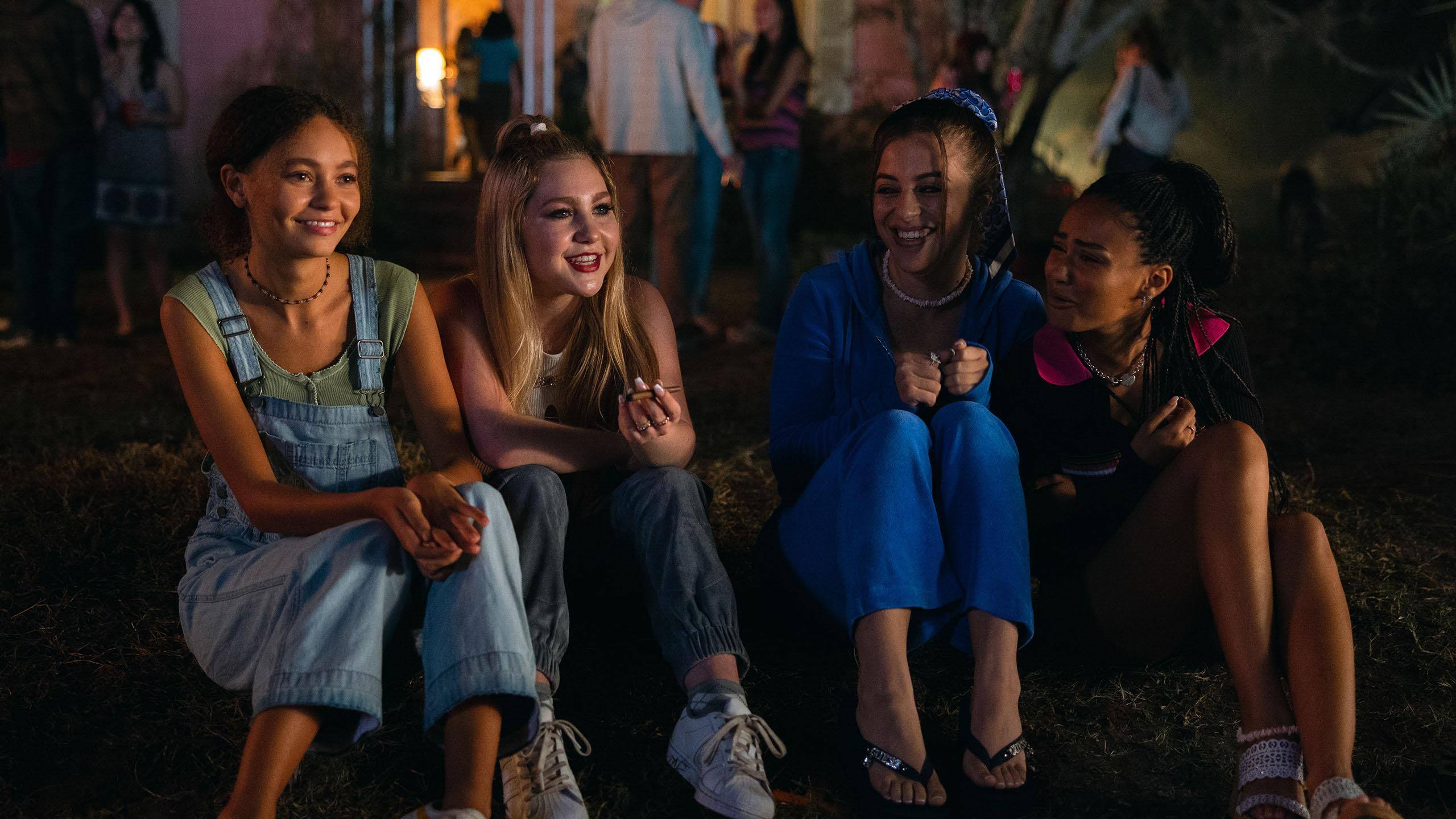In teen stories, “Suncoast” stands out as a moving look at teen problems, family relationships, and the search for identity. The movie, which was directed by Laura Chinn, is a coming-of-age story with a plot that isn’t perfect but is honest and moving.
At the center of “Suncoast” is the story of Doris, played with sincerity by Nico Parker, who struggles with the weight of her family’s problems. The cancer battle of her brother Max casts a shadow over her teen years, which are made worse by the emotional turmoil of her mother Kristine, played by Laura Linney in a part that begs for more depth. Even though Doris is very strong on the inside, she finds comfort in strange places, like Paul Warren (played by Woody Harrelson), who seems to be there to guide her through the storm of uncertainty.
The story takes place against a background of major social problems, weaving together Doris’s journey with the famous right-to-die case of Terri Schiavo. When personal and public problems come together, it adds more layers to the story, though it doesn’t always go deep enough into each theme. In any case, it gives Doris something to think about as she goes on her journey of self-discovery.
As Doris makes new friends and experiences, Chinn’s script skillfully balances times of deep reflection with bursts of youthful joy. Doris’s growth from a shy bystander to a young woman who takes pride in her power shows how strong the human spirit is. But the movie sometimes has trouble tying all of these lines together smoothly, leaving gaps or underdeveloped scenes.
One of the best things about the movie is how it shows Doris’ relationships, especially her connection with Paul, which grows from a chance meeting to a source of comfort and direction. But the ending of their relationship feels a little rushed, leaving a sense of unrealized promise behind. In the same way, Doris’s exchanges with her new friends show signs of friendship and support, but sometimes these connections feel shallow and lack the depth needed to connect.
At the story’s climax, Doris has to make several important decisions that lead to a moment of reckoning. There is a lot of conflict between her need to be independent and her responsibilities to her family. She makes a choice that makes her feel both free and guilty. At the end of “Suncoast,” Doris struggles with the weight of her decisions and faces the sad truth that she has grown even though she has lost something.
At its core, “Suncoast” is a story about strength, kindness, and the lasting power of human connection. It may not always be well put together, but its sincerity comes through, giving us a heartfelt look at the complicated parts of being a teenager and the never-ending search for oneself. As we follow Doris’s story, we are reminded of the truths that unite us all, even when life throws us the biggest problems.
